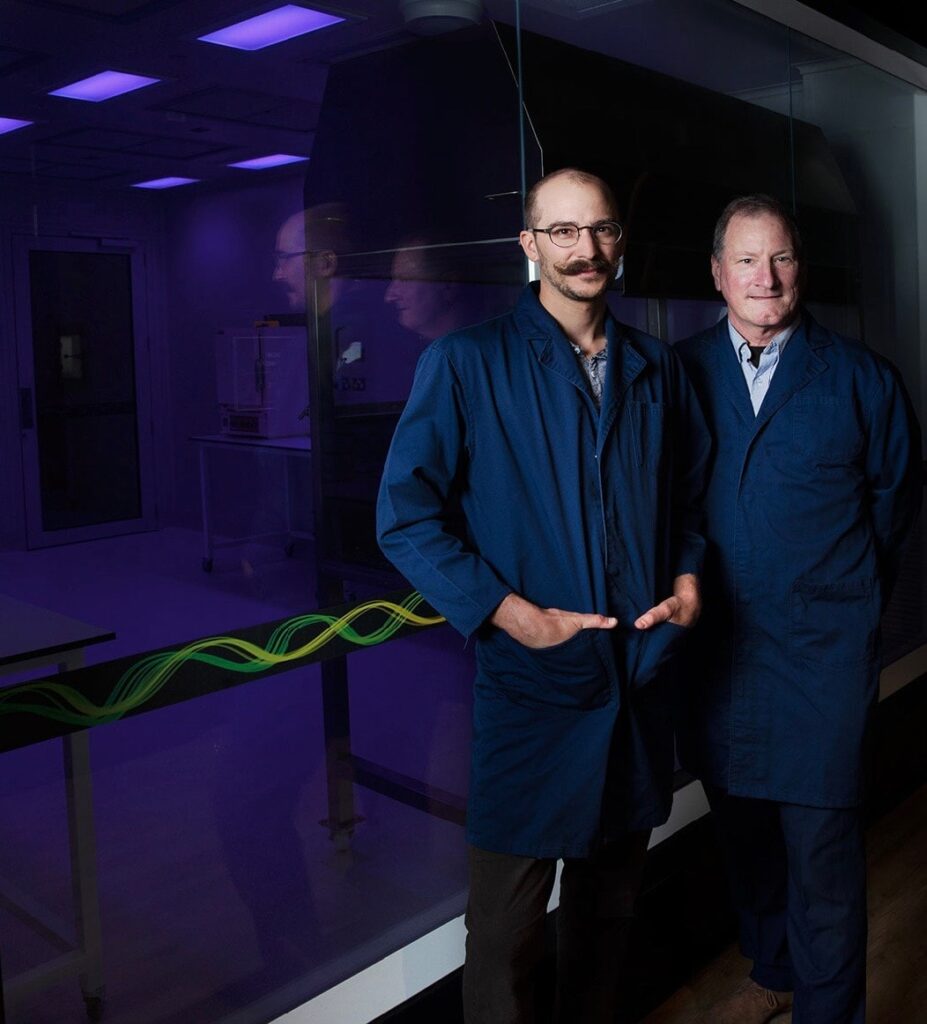Bionic eye research paves the way for human trials.
In a three-month study, a bionic eye developed by a team of biomedical researchers from the University of Sydney and UNSW proved to be safe and robust for long-term implantation, clearing the way for human trials.
The Phoenix99 Bionic Eye is an implantable technology that allows people with severe visual impairment and blindness caused by degenerative illnesses like retinitis pigmentosa to regain some sort of vision. A stimulator linked to the eye and a communication module positioned beneath the skin behind the ear is the two major components that must be implanted.
The findings were published in Biomaterials, and they used a sheep model to see how the body reacts and recovers after being implanted with the device, allowing for further improvement of the surgical technique. The biomedical research team is now optimistic that the device will be tested on humans. The team will now apply for ethics approval to perform clinical trials in human patients, as they continue to develop and test advanced stimulation techniques.
The Phoenix99 Bionic Eye stimulates the retina, which is a thin layer of neurons that lines the back of the eye. In healthy eyes, one of the layers’ cells converts incoming light into electrical signals that are delivered to the brain. The cells responsible for this critical conversion deteriorate in several retinal disorders, resulting in vision loss. The technology works around these defective cells by directly stimulating the remaining cells, effectively fooling the brain into thinking the light was detected.
“Importantly, we found the device has a very low impact on the neurons required to ‘trick’ the brain. There were no unexpected reactions from the tissue around the device and we expect it could safely remain in place for many years,” said Mr Samuel Eggenberger, a biomedical engineer who is completing his doctorate with Head of School of Biomedical Engineering Professor Gregg Suaning.
“Our team is thrilled by this extraordinary result, which gives us confidence to push on towards human trials of the device. We hope that through this technology, people living with profound vision loss from degenerative retinal disorders may be able to regain a useful sense of vision,” said Mr Eggenberger.

Professor Gregg Suaning said the positive results are a significant milestone for the Phoenix99 Bionic Eye.
“This breakthrough comes from combining decades of experience and technological breakthroughs in the field of implantable electronics,” said Professor Suaning.
How the bionic eye works
- A patient is implanted with the Phoenix99. A stimulator is positioned on the eye and a communication module implanted behind the ear.
- A very small camera attached to glasses captures the visual scene in front of the wearer. The images are processed into a set of stimulation instructions.
- The instructions are sent wirelessly through the skin to the communication module of the prosthesis.
- The implant decodes the wireless signal and transfers the instructions to the stimulation module, which delivers electrical impulses to the neurons of the retina.
- The electrical impulses, delivered in patterns matching the images recorded by the camera, trigger neurons which forward the messages to the brain, where the signals are interpreted as a vision of the scene.
The Animal Care and Ethics Committee of UNSW authorized the study’s methods, which were carried out in line with the Australian Code for the Care and Use of Animals for Experimental Purposes and the ARVO standards for the use of animals in ophthalmic research. Bionic Vision Australia received funding from the Australian Research Council’s Special Research Initiative in Bionic Vision Science and Technology award, as well as the National Health and Medical Research Council’s grant numbers APP1109056 and APP1087224.
The researchers are currently seeking ethical approval for a human clinical study, and as a result, they are unable to recruit or receive expressions of interest.

